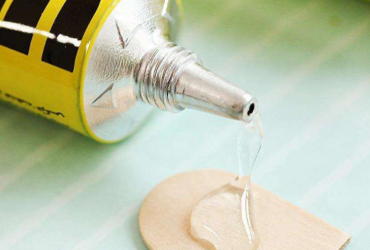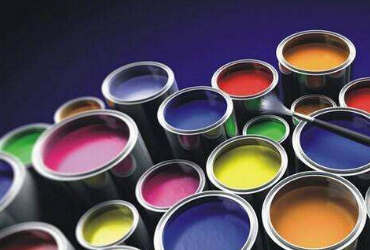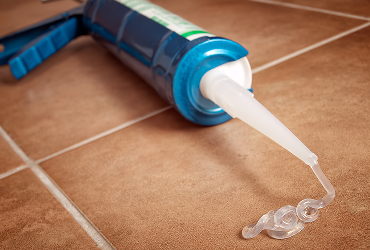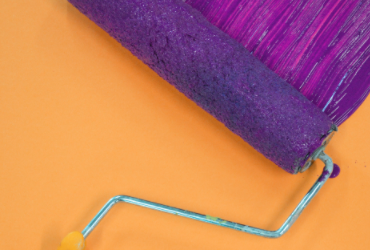The formulation of UV-curable coatings is complex, as follows:
First, there are many types of monomers, and there are many types of basic oligomers (resins). At present, according to the functional groups during synthesis, there are unsaturated polyester PE, epoxy EA, polyurethane PUA, polyester PEA, amino, polyether class, silicone class, phosphate class, mixed class, etc.
Second, according to the function, the commonly used resins in UV curing coatings are as follows:
1. Hard resin—high Tg, high hardness, good chemical properties, and fast curing speed in most cases. Such as standard bisphenol A EA; high functional group PUA and small molecular weight 2fPUA; high functional group aminoacrylate; methacrylate oligomer, etc.
2. Soft resin—small Tg, good flexibility, slow curing speed, and low crosslinking density. Such as modified epoxy --- epoxy soybean oil acrylate, etc.; long-chain polyester acrylate; PUA with a linear structure with an average molecular weight of more than 1200; some pure acrylate oligomers, etc.
3. Polar resins are oligomers containing active hydrogen or easily forming hydrogen bonds, which can change polarity or surface tension. Such as phosphate acrylates; silicone oligomers; carboxyl acrylate oligomers, etc.
4. Water-based UV oligomers, the common ones are emulsion type, water-dispersed type, water-soluble type
5. Non-cross-linked resins can fill UV-curable coating formulations, improve cross-link density, increase adhesion, change flexibility, and enhance wettability. Common such resins include long-oil alkyd resins; thermoplastic acrylate resins; aldehyde and ketone resins; petroleum resins, etc.
Third, selection of resin when designing UV curing (UV) coating formula Before designing the coating formula, the type of coating should be clarified, that is, primer, topcoat or color paint; and understand the basic properties of the material to be coated, such as polarity (Surface tension), presence or absence of crystallization, thermoplastic or thermosetting, etc. The specific description is as follows:
1. Selection of primer resin: First, the requirement of adhesion, which is the generality of the primer resin; wettability, refers to the wetting of pigments and fillers and the wetting of the substrate, which are two different Requirements, because the surface tension of the substrate will not be exactly the same as that of the pigment and filler; flexibility, mainly related to sanding and interlayer adhesion.
2. The selection of topcoat resin, the properties to be achieved by the topcoat and the selection of resin are described as follows:
Fullness and leveling of film formation: To meet this requirement, it is necessary to choose a resin with good compatibility and monomer matching to improve the wetting and leveling with the primer, properly increase the degree of crosslinking, and choose a resin with a higher refractive index. resin;
Toughness: mainly involves hardness and wear resistance. These two properties are related, but not necessarily identical, and need to be treated differently.
Interlayer adhesion: The solution for interlayer adhesion needs to meet the wetting leveling and resin polarity matching.
Chemical resistance and yellowing resistance: EA and PUA (polyester) have good chemical resistance, while PE and polyether are worse; it is generally believed that aliphatic PUA, pure polyether acrylate, pure C, Aminos have good anti-yellowing properties, and adding suitable anti-yellowing agents to the formula can also effectively improve the anti-yellowing properties of the topcoat.
Matte requirements: Some resins with a slightly smaller or larger molecular weight will have a certain matte effect; some polyurethane resins will also have a good matte effect.
#Lencolo #uvresin #uvmaterial #epoxy #polyurethane #polycarbonate #polyester #acrylate #supplier #manufacturer


2022-08-03



2022-07-06

2022-04-21